The 15 Most Beautiful Mexican Colonial Cities

This post may contain affiliate links. If you make a purchase through them, we may earn a small commission (at no cost to you).
The colonial cities in Mexico were built on the backs of sorrow and silver. Gobs and gobs of silver. So much silver that the mines supplied more than a third of the world’s silver.
The riches went to building opulent mansions, fountains, cathedrals, theaters, statues and monuments. And for three centuries, the Spanish conquerors lived in grand splendor in gorgeous towns and cities.
They’re some of the most beautiful cities in Mexico to visit today.
Other smaller colonial towns in Mexico aren’t as showy. But they’re so charming that they’ve been named Pueblos Magicos (or “Magic Towns”).

Beautiful colonial cities in Mexico
We visit Mexico often.
On one six-week trip, we explored colonial Mexico for a change, where we stayed in several lovely historical Mexican cities (big and small).
We’re all for Mexico’s beach towns.
But when you’re looking to get a real taste of Mexican culture, the colonial Mexican cities deliver this in spades. They’re colorful, surprising and absolutely enchanting – visiting one or more of them is among the top experiences in Mexico.
Quick guide: 15 Best Mexico colonial cities
By way of background, the colonial era of Mexico started in 1521, or earlier, depending on your take on history. (The history book Conquistador – one of the best books about Mexico – reveals in gripping detail how it only took Hernan Cortes two years after landing in Mexico in 1519 to annihilate the Aztec empire.)
After conquering the Aztecs, Spanish adventurers then fanned out through the Mexican heartland, seeking to make their fortunes from precious metals.
Gold was found, but silver was the real winner. And a necklace of silver mining cities quickly sprang up.
They’re some of the best cities to visit in Mexico today – with historical centers that are often UNESCO World Heritage Sites.
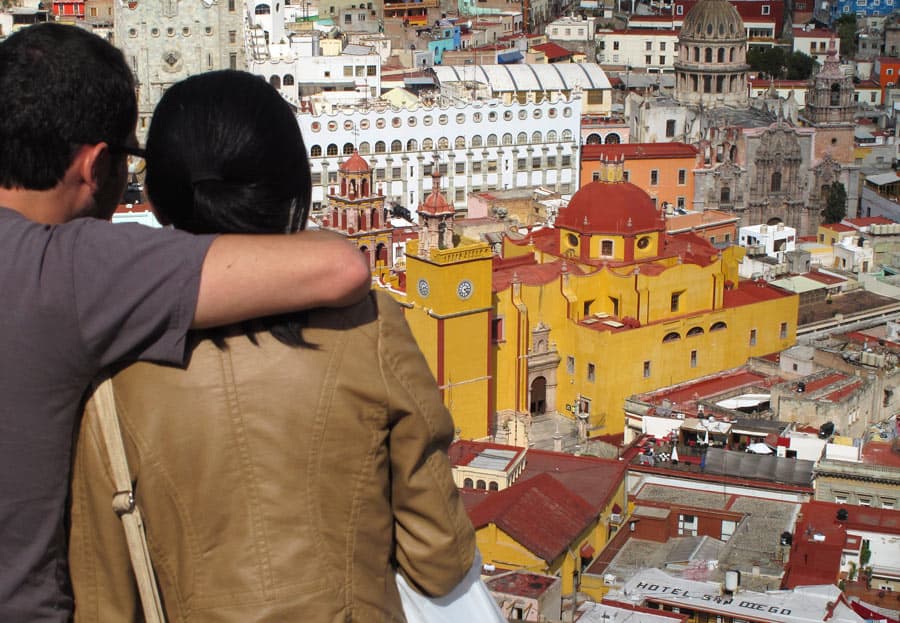
What are Pueblos Magicos in Mexico?
Pueblos Magicos are small towns in Mexico that have been assigned “Pueblo Magico” status by the Mexican government because they’re so “magical.”
Their magical qualities could be their rich history, artistic culture, beautiful architecture or stunning natural landscapes.
Take the town of San Sebastian Bernal. The monolithic rock that towers over the town of Bernal (Pena de Bernal) is said to have mystical healing powers.
Papantla, another Pueblo Magico, is home to flying dancers that swing around the top of a 100-foot high pole.
To qualify as a Pueblo Magico, the town’s population must be at least 5,000. And it must be relatively easy to reach by public transport or road from a major city in Mexico.
There are currently more than 130 Pueblos Magicos in Mexico, and new ones are added each year.
Not surprisingly – because they’re so pretty and rich in history – many of the smaller colonial Mexican towns are Pueblos Magicos or “Magic Towns.”
As for the most beautiful and best colonial cities in Mexico, the following 15 are ones to put on your bucket list.
1) San Miguel de Allende



Let’s start with San Miguel de Allende (SMA), population 175,000.
For Canadians and Americans, it’s probably the most well-known of all of Mexico’s silver cities (it has a large expat community).
With its tangle of cobblestone streets, cornucopia of restaurants, gorgeous colonial mansions and courtyards hidden behind big wooden doors, San Miguel de Allende is the city we’d recommend for a first-time taste of colonial Mexico.
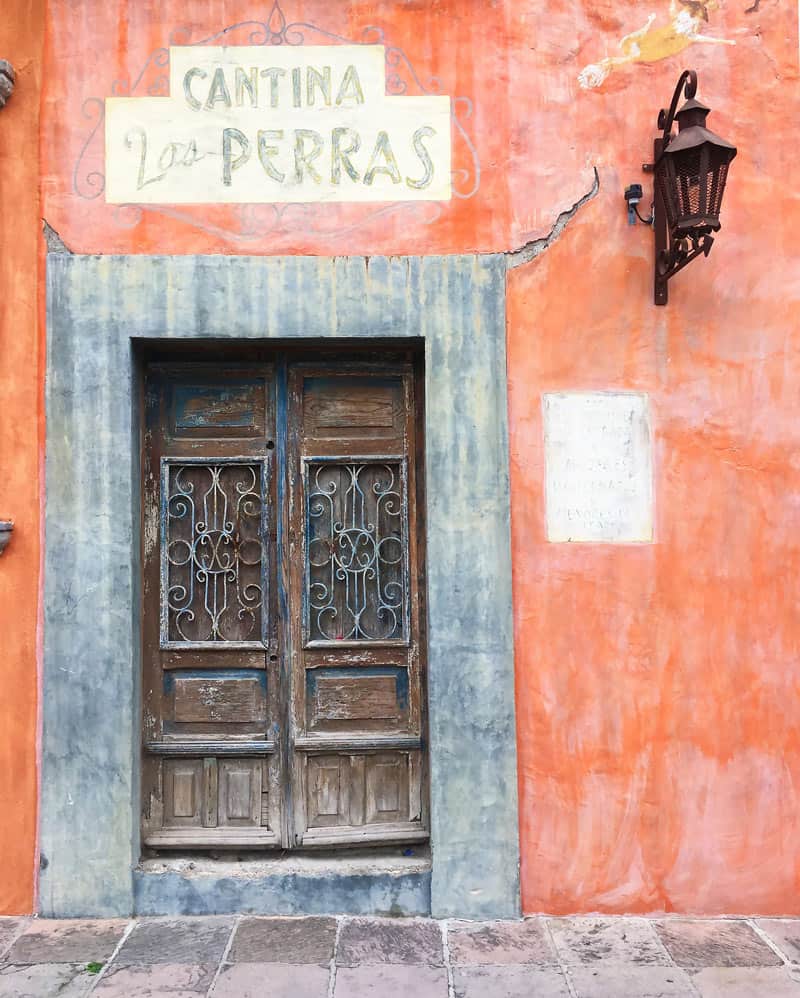
The main square is where you see the famous pink Parroquia de San Miguel, SMA’s iconic church.
Architectural Digest, Conde Nast Traveler, Travel + Leisure and The New York Times have all raved about this fairytale UNESCO World Heritage city. It won’t disappoint!
Art enthusiasts are especially drawn to it by its high-end art galleries.
For all the luscious details, see our post on the many magical things to do in San Miguel de Allende (including where to stay and eat).
2) Oaxaca
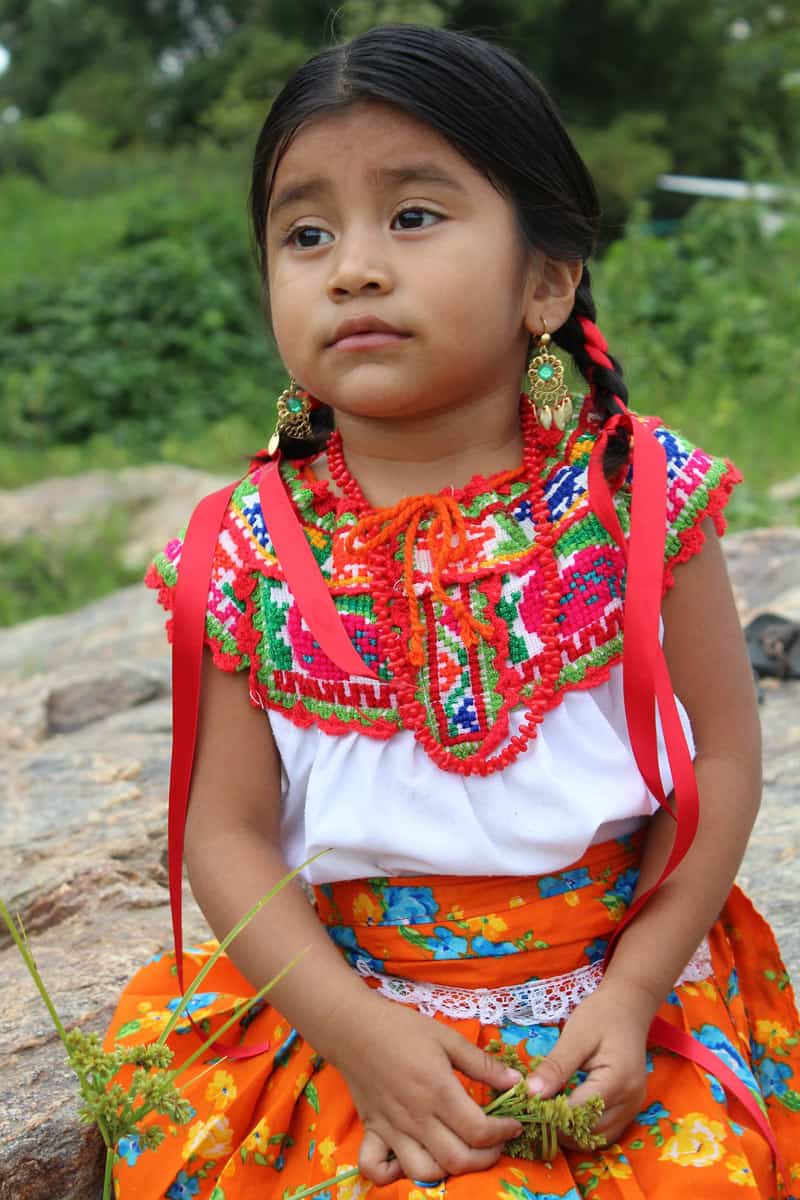
Oaxaca city is best known for its vibrant market scene, diverse indigenous peoples, colonial buildings made of green volcanic stone and delicious food.
One of the most popular indoor markets, Mercado Benito Juarez, sells everything from freshly ground coffee beans to woven baskets. You can pick up some great Mexican souvenirs and gifts here!
Mercado 20 de Noviembre focuses on arts and crafts, including embroidered blouses and hand-crafted leather sandals.

Beyond the markets, the 16th century Baroque-style Templo de Santo Domingo church is an extraordinarily beautiful church with a monastery-turned-museum.
Oaxaca’s restaurants are also legendary. It’s one of the best places to go in Mexico for foodies.
You won’t think of Mexican food the same way again after tasting their culinary creations!
Dishes often use different mole sauces – like black mole, made with chocolate, spices and, in Oaxaca, an aromatic herb called hoja sant, which tastes like licorice.
Oaxaca cooking classes are popular. They often include a trip to the local market first to shop for the fresh ingredients you’ll use.
Oaxaca day trips include visiting the palace and temple ruins at Monte Alban, once the capital of the Zapotec civilization and one of Mexico’s best-preserved archaeological sites.
For a fascinating cultural experience, visit the cemetery in the small city of Santa Cruz Xoxocotlan (just a few miles away from Oaxaca) during the Day of the Dead celebrations. It’s an authentic place to experience the festivities.
The graveyard is lit with candles, incense scents the air, graves and headstones are decorated with flowers and adorned with offerings of food and drink – and hundreds of locals drink mezcal, dance, laugh and celebrate the lives of their deceased loved ones.
3) Merida



The White City of Merida (population about 892,000) is the perfect Mexican colonial city to visit before or after a beach holiday in Cancun or the Riviera Maya.
(It’s only a 3- to 3½-hour drive from Cancun and makes for a great cultural stop on a southern Mexico road trip itinerary.)
Merida got its nickname, “the White City,” because most of its buildings were white in former years, and the residents mostly wore white clothes.
Today, leafy streets are lined with 16th century mansions, opulent churches and pretty pastel-hued houses.
Haciendas have been turned into charming boutique hotels.
And classical concerts and theater thrive.
The magnificent Government Palace (Palacio de Gobierno), built in 1892, is home to wonderful murals and oil paintings by local artist Fernando Castro Pacheco.

Merida is heralded for its food scene too. Markets overflow with juicy oranges and other Mexican fruits and veggies, and cooking classes are popular.
Merida is only 75 miles away from Chichen Itza, one of the most impressive Mayan ruins in the Yucatan Peninsula. So you can round out your Merida stay with a foray into Mayan culture.
4) Guanajuato

Guanajuato is just over an hour’s drive away from San Miguel de Allende (#1 above).
A university town with 195,000 residents, Guanajuato is younger and more Mexican in feel than San Miguel de Allende – and it sees far fewer foreign visitors.
What’s unique about Guanajuato is that cars are relegated to driving underneath the city through an amazing network of one-way tunnels. This makes the city very pedestrian-friendly.
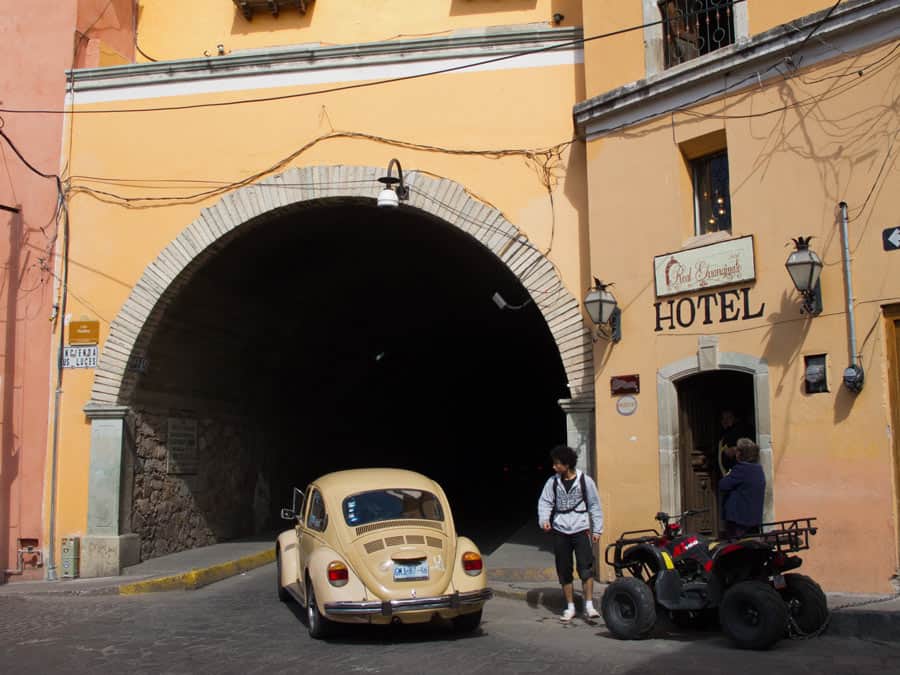
The main part of the historic center is pedestrian-only.
You can walk freely about the tree-filled plazas, small museums, churches and the Juarez Theater (Teatro Juarez), a magnificent theater dating back to 1873 overlooking the main plaza (Plaza de la Paz).

The Mexican people have a peaceful relationship with death, compared to most other cultures. (Witness, for example, the Day of the Dead festivities.)
Guanajuato is no exception.
One of its claims to fame is the Mummy Museum in Guanajuato (Museo de Las Momias). It showcases dozens of human mummies behind glass cases – definitely one of the most unusual museums in the world we’ve visited!
We also took in lots of cool art at the Diego Rivera Museum, home to the famous Mexican muralist and painter (and Frida Kahlo’s husband and lover).
Many people say Guanajuato is the most beautiful city in Mexico. Who are we to quibble!
5) Puebla

Another one of Mexico’s great colonial towns is Puebla.
Located in southern central Mexico, Puebla was founded in 1531 as a stopping place for Spaniards traveling between the port city of Veracruz and Mexico City.
Today, the historical center overflows with Baroque churches; many houses are decorated inside and out with bright blue-and-yellow azulejo tiles.
This is also the spot to pick up some colorful Talavera pottery.
6) Taxco

Known as the “city of silver” for the wealth of its local silver mines, Taxco de Alarcon (Taxco) is home to just over 50,000 residents, making it one of the smallest colonial cities in Mexico.
Taxco also has the honor of being one of the country’s “Pueblos Magicos.”
Perched high on a hillside, with possibly the steepest streets in Mexico, this colonial gem is jam-packed with a great variety of opulent white mansions and houses.

What to do in Taxco?
Check out the view from Cristo Rey, the giant Christ statue looming above the city.
Taxco is also the place to go in Mexico for silver.
Dozens of shops sell beautiful silver jewelry (make sure to get real silver from the area).

The taxis in Taxco are fun to ride around in too – they’re all vintage Volkswagen beetles.
Catch one while you can, as unfortunately they may soon be gone.
7) Queretaro

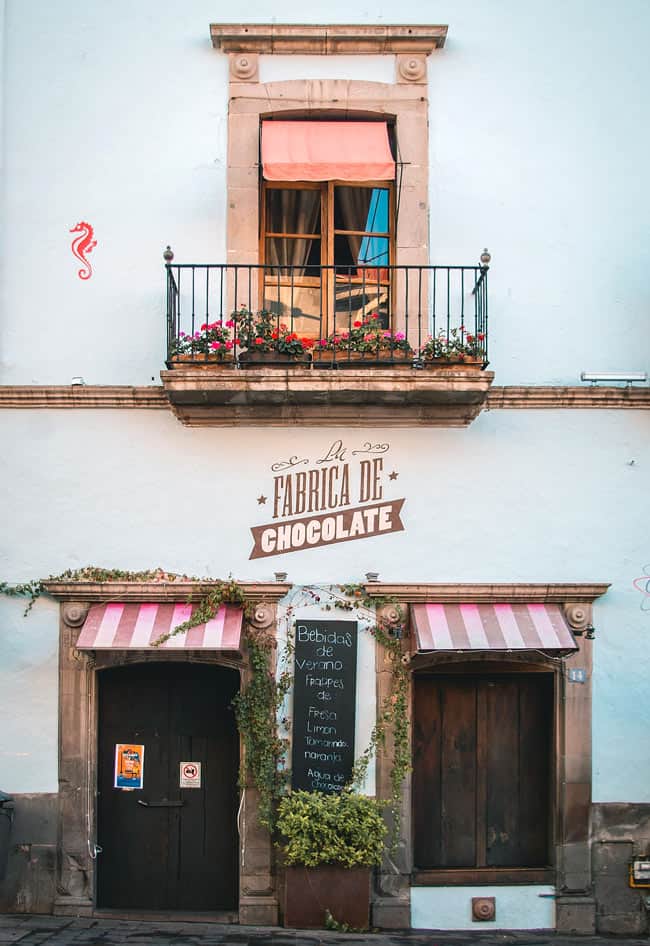

One of the best cities in Mexico to visit for pleasant weather, tranquil Santiago de Queretaro (known simply as Queretaro) enjoys a spring-like climate year-round – the mountain air is cool and dry.
Located about a two-hour drive north of Mexico City, it’s one of Mexico’s larger cities, with nearly a million people.
Yet its colonial center still evokes a quaint charm. It’s a UNESCO World Heritage Site full of twisting alleys with restored colonial homes, Baroque churches and parks.
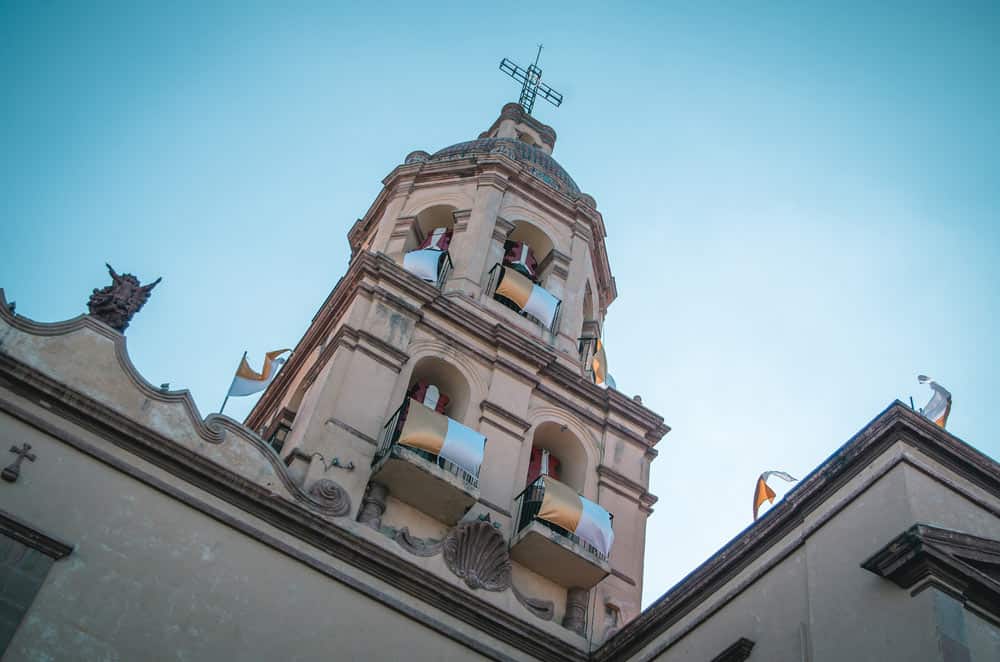
Top sights in Queretaro include La Casa de la Marquesa (an 18th century palace), the Gothic-Baroque cathedral and the Queretaro Regional Museum (housed in a monastery).
8) Morelia
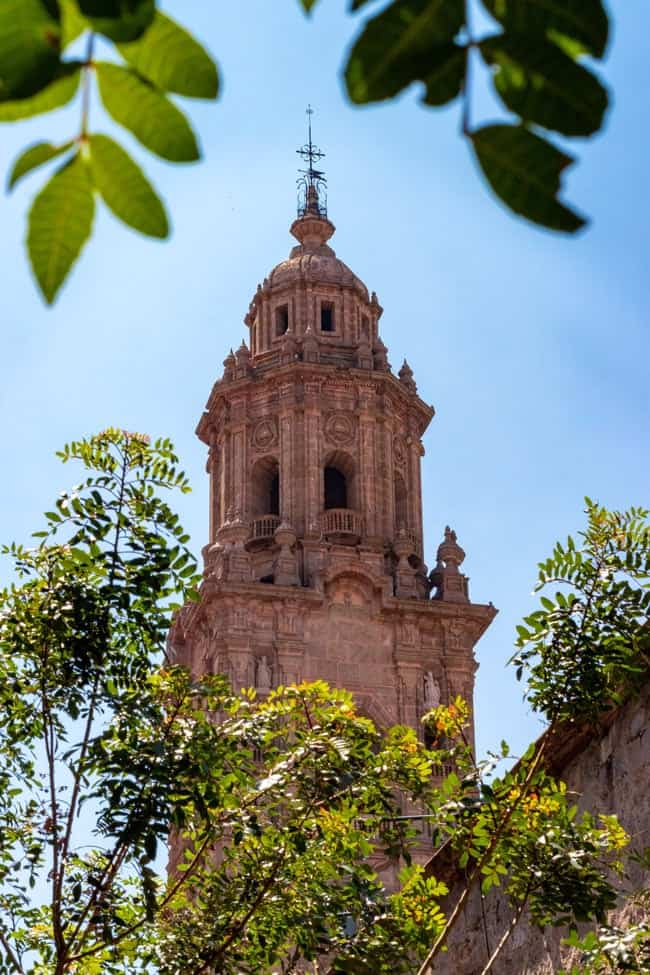


The capital of the state of Michoacan, Morelia is very authentic – a real non-touristy city.
Unfortunately, Michoacan has been plagued by drug cartel violence, so it’s typically on the “no-go” zone for visitors (accounting for the lack of tourists).
We braved a visit to Morelia some time ago, sticking to the central area.
Apart from the presence of an occasional jeep carrying armed soldiers rolling down the street, we weren’t reminded too much of its dark underbelly.
Within the colonial heart of Morelia (an area of some 17 by 10 blocks), the city has over 200 historical buildings with Baroque and neo-classical facades.
There’s modern street art too.
The sculptor of one bronze sculpture of a huge head lying on its side didn’t name it on purpose, so you’d use your imagination when looking at it.
Morelia’s other claim to fame is its candy. Yes, we indulged! The coconut sweets were our favorite.
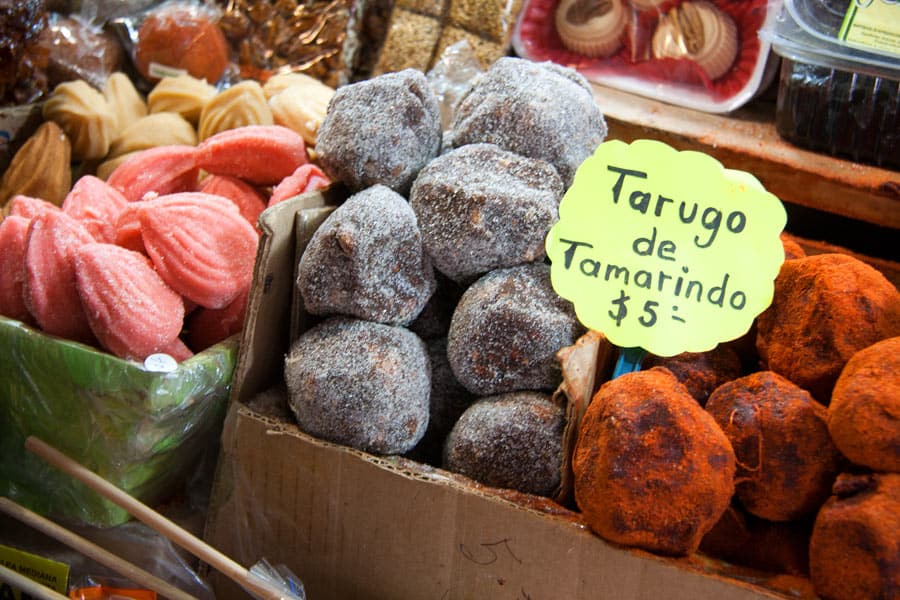
Morelia is also the prime jumping-off spot for an expedition into the nearby Sierra Madre mountains to view thousands upon thousands of Monarch butterflies in the UNESCO-listed butterfly sanctuaries.
Each year, the butterflies endure a remarkable migration from Eastern Canada and the U.S. to Mexico.
They breed and spend the winter in patches of Oyamel fir forests (at a breath-sucking elevation of 10,000 feet) about a three-hour drive from Morelia.

One day, we rode caballitos (small horses) and hiked up to the Chincua Sanctuary, where we were surrounded by orange-and-black Monarchs.
When clouds skittered overhead, they would fly to the tree branches to huddle together in huge beehive-like clumps to stay warm.
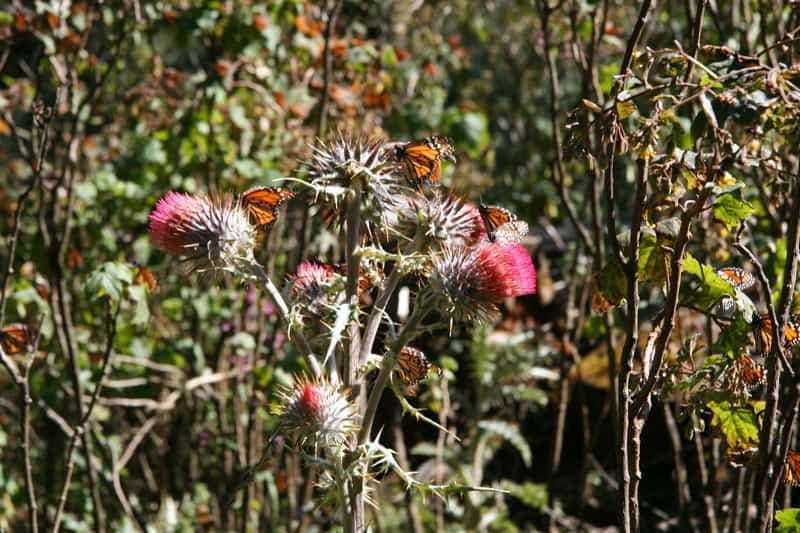
9) San Cristobal de las Casas
In the lush state of Chiapas, San Cristobal de las Casas is set high in a valley 7,000 feet above sea level.
Surrounded by pine-forested mountains, this Pueblo Magico is one of the most beautiful towns in Mexico.
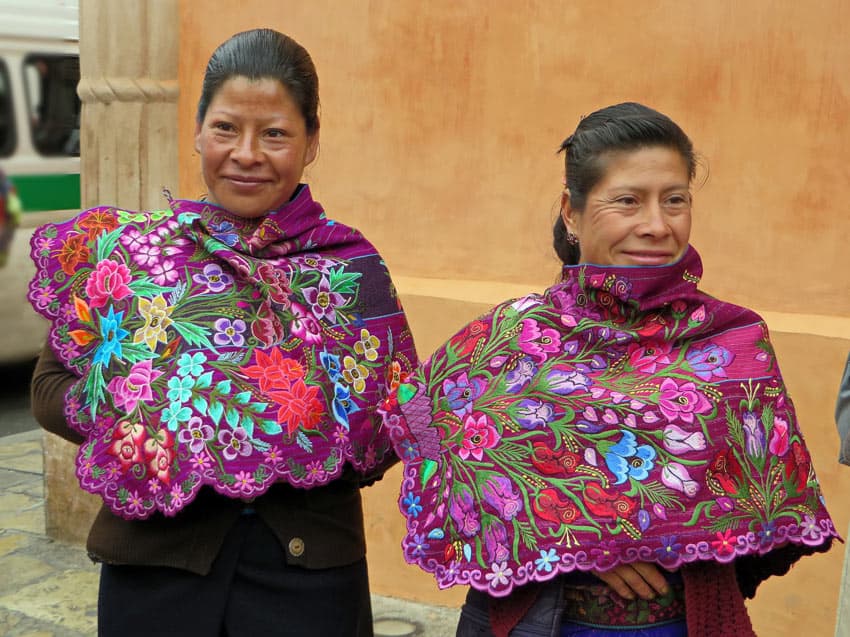
Of course, there are beautiful churches to see, like the pink Templo Santo Domingo. (The interior is currently closed, though, due to damage suffered in a 2017 earthquake.)
And there are museums and markets to browse.
And pedestrian-friendly cobblestone streets, with boho cafés and lovely colonial buildings, to stroll.

On the outskirts of the city, you can visit indigenous villages like Zinacantan for hand-made textiles.
The surrounding countryside is full of natural wonders too – don’t miss a day trip to the El Chiflon Wateralls.

Tip: Bring a sweater with you to San Cristobal de las Casas!
The air is fresh and you’ll be sleeping under blankets at this cooler elevation.
10) Zacatecas



Due to its mining history, Zacatecas is one of the wealthiest of Mexico’s colonial cities.
Located in the heart of Mexico, nestled between the hills and the desert, its colonial roots go back more than 500 years.
When the Spanish first landed in Zacatecas, they found an abundance of gold, silver, iron, lead, copper and quartz. Its extraction made the town rich.
Today, the state of Zacatecas is the fifth-largest gold-producing state in Mexico and the largest producer of silver.
The remains of former mines are popular tourist attractions, with the Mina El Edén housing a geology museum deep inside the mine. Other mining tunnels have even been converted into restaurants and nightclubs.
Another attraction worth visiting in Zacatecas is the Pedro Coronel Museo, named after the famous Zacatecan sculptor, Pedro Coronel.
The architectural design of the museum is exquisite. It’s housed in a renovated 17th-century building, formerly the Jesuit college.
Inside the museum, you find original works of the renowned vanguard, surrealist and Bauhaus artists who spent much of their time in Mexico, like Salvador Dali, Pablo Picasso, Max Ernst, Vasili Kandinsky, Joan Miro and Josef Albers, to name a few.
In downtown Zacatecas, the cobbled streets and centuries-old buildings are now a UNESCO heritage site, and home to one of the most ornately decorated 17th-century buildings you’re likely to set eyes upon – the Zacatecan cathedral.
It has so much detail you could stare at it all day.

It may not be one of the most famous Mexican cities.
But its opulent and unique architecture certainly makes Zacatecas one of the prettiest cities in Mexico!
11) Cuernavaca
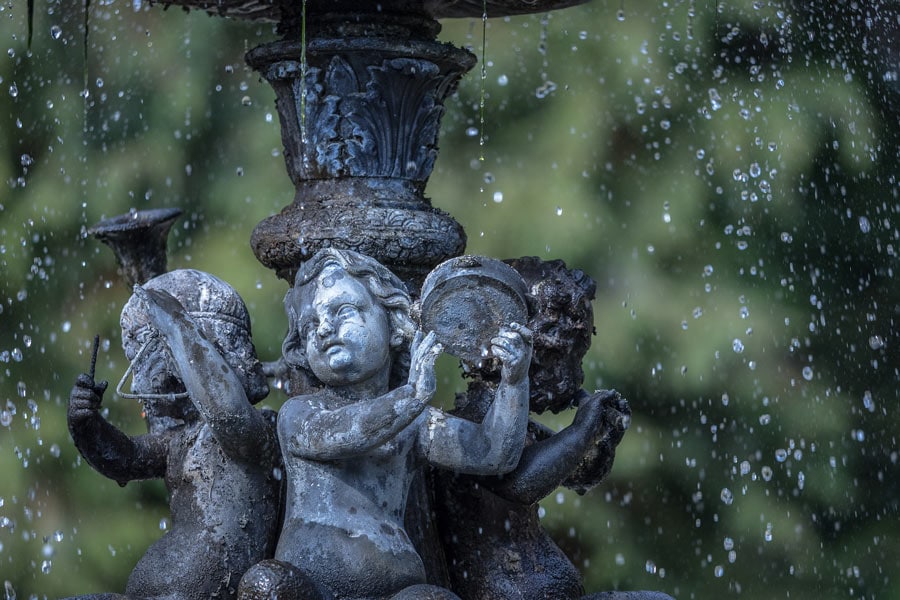
Just south of Mexico City, you find Cuernavaca, a popular weekend destination for wealthy residents of Mexico City.
One of the most beautiful places in Mexico, it’s nicknamed the “City of Eternal Spring” for its year-round warm weather and verdant gardens with palm trees and flowering jacarandas.
In the 1950s and 60s, Hollywood celebrities like Gary Cooper had holiday homes in the lush city of Cuernavaca.
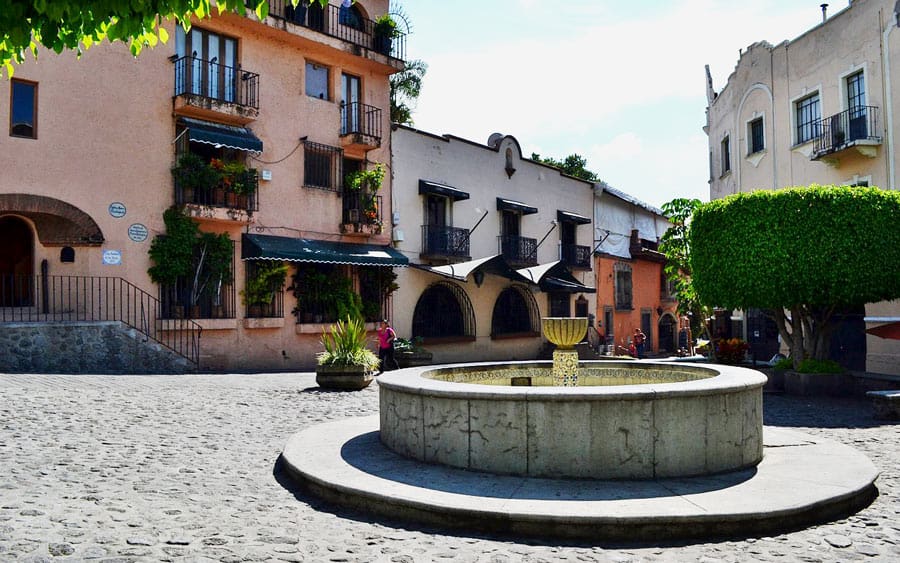
The Spanish conqueror Hernan Cortes even built himself an imposing palace here.
The Palacio de Cortes now houses Cuernavaca’s museum, the Museo Regional Cuauhnahuac, which includes an enormous mural by Diego Rivera.
The city is also home to the Robert Brady Museum (with fine art collected by American artist and millionaire, Robert Brady), the Borda Gardens (once Emperor Maximilian’s summer house), magnificent mansions with iron-railed balconies, and fine restaurants.
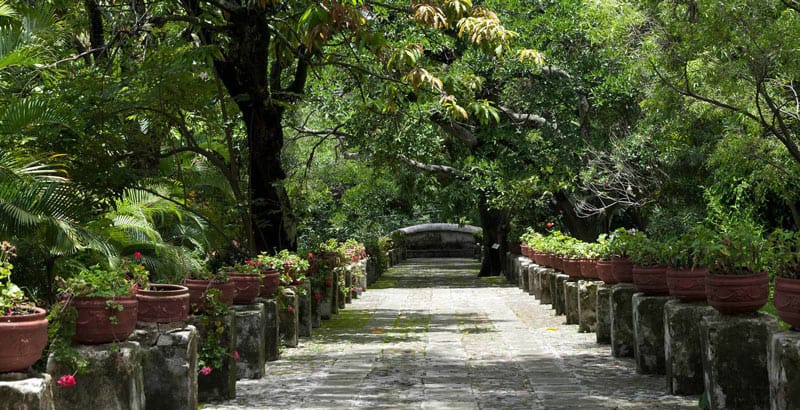
12) Campeche
Pirates and plunder.
Two things that plagued Campeche after it was founded by the Spanish in 1540.
Pirates would flock to the port city to steal the Spanish riches and treasure for themselves.
So the Spanish built a wall in the 17th century to protect the city.
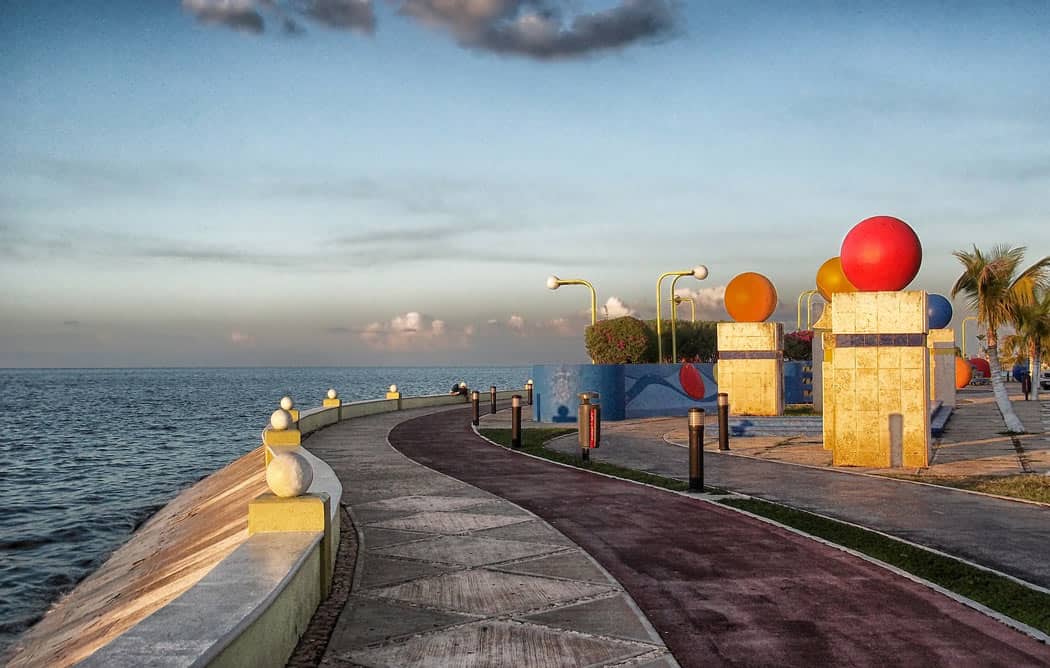
Today, several museums are housed in the still-standing bastions of the wall.
Within the walled city, you find more than 2,000 historic buildings, many painted in rainbow colors of purple, pumpkin, pink, mustard and blue.
As with all of the colonial towns in Mexico, wandering the storied streets is one of the most pleasant pastimes.
And to eat? Well, being by the sea, Campeche is one of the best places to visit in Mexico to gobble up seafood!
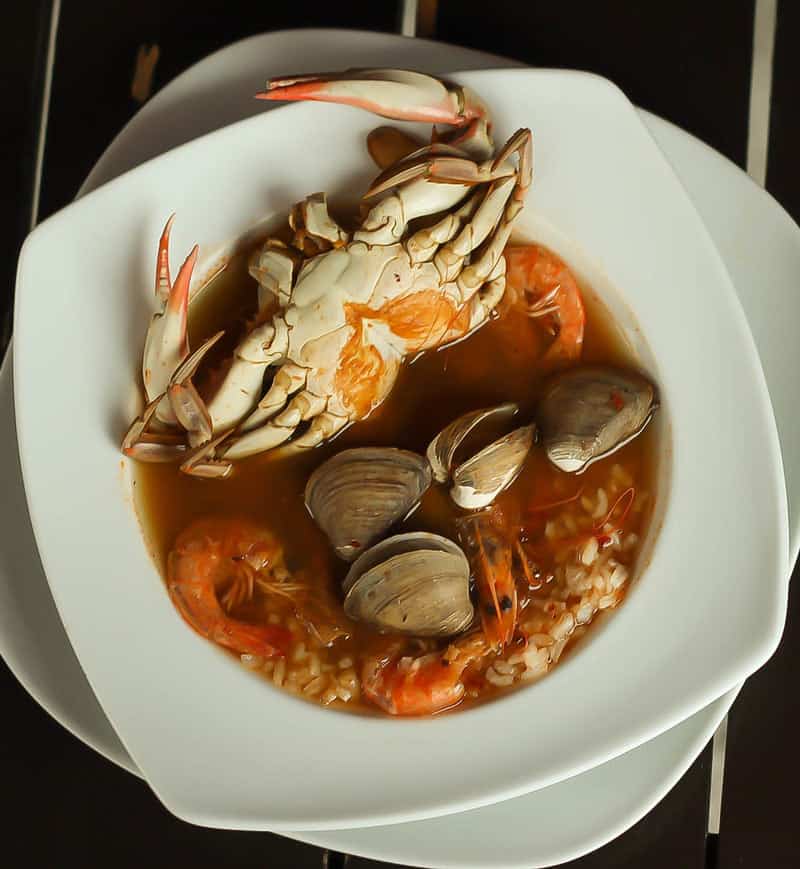
13) Aguascalientes
Aguascalientes is located in central Mexico, some 300 miles north of Mexico City.
It’s known for its hot springs, which the town is named after (Aguascalientes means “Hot Waters” in Spanish) and its production of fruit liquors, brandy, aguardiente and table wines.
It’s also a vibrant city, with a rich artistic history and stunning colonial architecture, great street food and inspiring art galleries and museums.

Many people visit Aguascalientes during its three-week-long festival, La Feria de San Marcos. Historically, this was an event to celebrate the harvest of grapes, but it’s more commonly associated with bullfighting today.
The Plaza de Toros is the town’s bullring, and even if you don’t support the “sport,” it’s a prime example of how Spanish colonial architecture can fit in with traditional Aztec structures within the city.
Another one of the top Mexican tourist attractions in Aguascalientes is the National Museum of Death.
Sculptures, paintings, wood carvings, skulls and other exhibits shed light on historical Mexican beliefs and Aztec traditions relating to death.
14) San Luis Potosi

To the west of Zacatecas (#10), you find San Luis Potosi, the capital city of the state with the same name.
Like Zacatecas, it was once a thriving mining town during the time of the Spanish Empire, bringing in a huge amount of wealth from its gold and silver mines.
Later, when the French invaded the country, President Benito Juarez (the first indigenous Mexican president) relocated the federal government to San Luis Potosi in 1862. His house is one of the top attractions in the city today.
San Luis Potosi is surprisingly much less visited than other Mexican colonial towns.
But the pedestrianized winding streets, connecting to numerous plazas and well-maintained parks, make it one of the nicest cities in Mexico to stroll around and soak up the ambience.
The Plaza del Carmen is a favorite for locals. It’s surrounded by a couple of museums, the theater, a Catholic church, crafts shops and an ice-cream parlor – and clowns and musicians like to entertain there.
The plaza is also famed for being the place where González Bocanegra wrote the Mexican national anthem in 1854.
The Templo de Nuestra Senora del Carmen is another one of the more majestic sites in the city. This 17th-century Baroque cathedral showcases the best of Spanish colonial architecture with its ornately decorated facade.
15) Villahermosa

Villahermosa may not be one of the most popular cities in Mexico for tourists, but it’s still worth a visit.
A small city with a lot of history, it was home to one of the first civilizations in Mesoamerica.
Today, it’s a proud oil and gas production hub. But that doesn’t mean the landscape is occupied with drills and oil wells.
In fact, Villahermosa means “beautiful village” in Spanish, and it’s not hard to see why after you see the surrounding lakes, parks, and public green spaces.
In the day, Villahermosa is hot and humid.
The best thing to see and do is to visit the many museums in the city. They tell a story of how this tiny city became the now important capital of the state of Tabasco.
When the sun goes down is when Villahermosa really comes to life. The Zona Remodelada, or “refurbished zone,” is lined with parks and plazas where crowds gather to watch the street entertainment.
The Plaza de Armas, or main square, often has live music in the evenings. You can also see the spectacular architecture of the Palacio de Gobierno there.
Final words on the Mexican colonial cities
That’s it for our guide to the colonial cities of Mexico!
There are many beautiful Mexican cities, established during the Spanish Empire, which we could have included – and narrowing it down to just 15 was no easy task.
One thing that makes these cities stand out, though, is how both their colonial and traditional Mayan (or Aztec) influences have been woven together over the centuries – integrating two cultures and adding to the history of the city.
Some of these cities are off-the-beaten-path. Others are easier to get to.
But all are vibrant and full of life, offer exciting museums and great food, and preserve a slice of Mexico’s rich history.
Like this post? Then pin it!


Experience more of Mexico!
Cabo San Lucas: From whale watching to hiking up the Pedregal, check out these epic things to do in Los Cabos.
Zihuatanejo: Want a great beach vacay? See the best beaches in Zihuatanejo and Ixtapa.
Mexico City: Fabulous museums. Gorgeous art galleries. A rich historical center. Our Mexico City itinerary outlines what to see and do in three or four days.
Cancun: How to choose between Cancun vs. Cozumel? Go to Cancun for glitzy resorts, beaches and nightlife. Go to Cozumel for scuba diving and a quieter vacay.
Puerto Vallarta: Where to stay? You’ll love these beautiful boutique hotels in Puerto Vallarta. And these are the top restaurants in Puerto Vallarta.
Our top travel tips and resources
General trip planning: TripAdvisor is a helpful starting point, offering loads of user reviews on hotels, restaurants and things to do.
Hotels: Booking.com is our go-to for scoring a “wow” hotel – or at least a decent one – often at lower rates than the hotel’s own website. We especially like Booking’s flexible cancellation policy! (You may prefer Expedia for booking hotels in the U.S. or Mexico.)
Vacation homes, condos and rentals: We prefer and use Vrbo (Vacation Rentals by Owner).
Flights: For the cheapest flights, search on Google Flights or Expedia. (Just be aware Expedia tickets are often non-refundable. If you want more flexibility, it’s usually worth booking directly with the airline, even if it costs a bit more.)
Airport lounge access: We love (and have) Priority Pass for comfy lounge seats, free snacks and drinks, complimentary WiFi and sometimes even showers and spa services!
Tours: For the best local food, walking and other guided tours, plus skip-the-line tickets to attractions, check out Viator (a TripAdvisor company) and GetYourGuide.
Car rental: Renting a car is often a great way to explore off the beaten path. Discover Cars searches car rental companies so you get the lowest rates.
eSIMS: Stay connected affordably with Airalo eSIMS covering 200+ countries and trusted by 10 million+ users, including us! (No more huge roaming bills!)
Travel insurance: SafetyWing is designed for frequent travelers, long-term adventurers and digital nomads. It covers medical expenses, lost checked luggage, trip interruption and more. We also have and recommend Medjet for global air medical transportation.
Travel gear: See our travel shop to find the best luggage, accessories and other travel gear. (We suggest these comfy travel sandals for city walking, the beach and kicking about.)
Need more help planning your trip? Check out our travel tips and resources guide for airline booking tips, ways to save money, how to find great hotels and other crazy useful trip planning info.
If you make a booking or purchase through our site, we may earn a small commission (at no cost to you). Thanks!
Photo credits: 2, 3, 5, 13, 14, 15, 24 to 27, 29 © Janice and George Mucalov, SandInMySuitcase
About the authors

